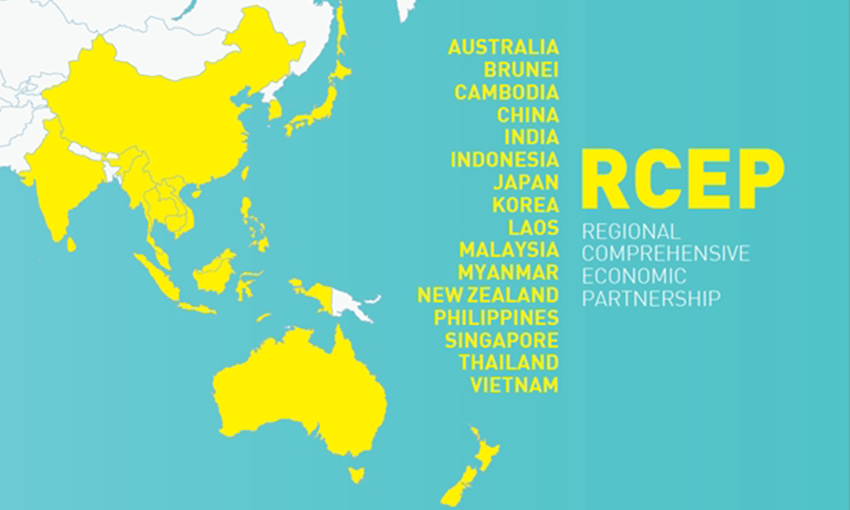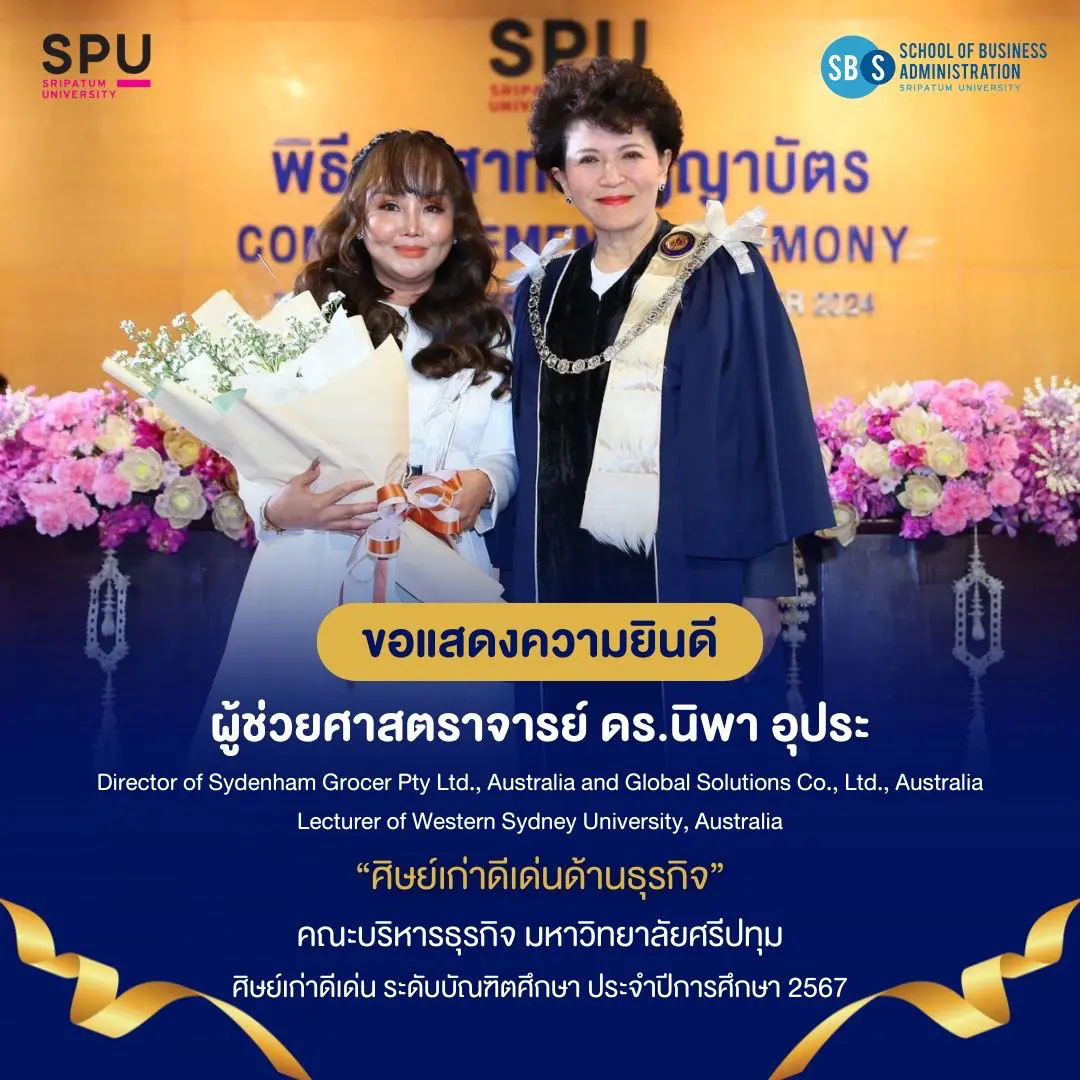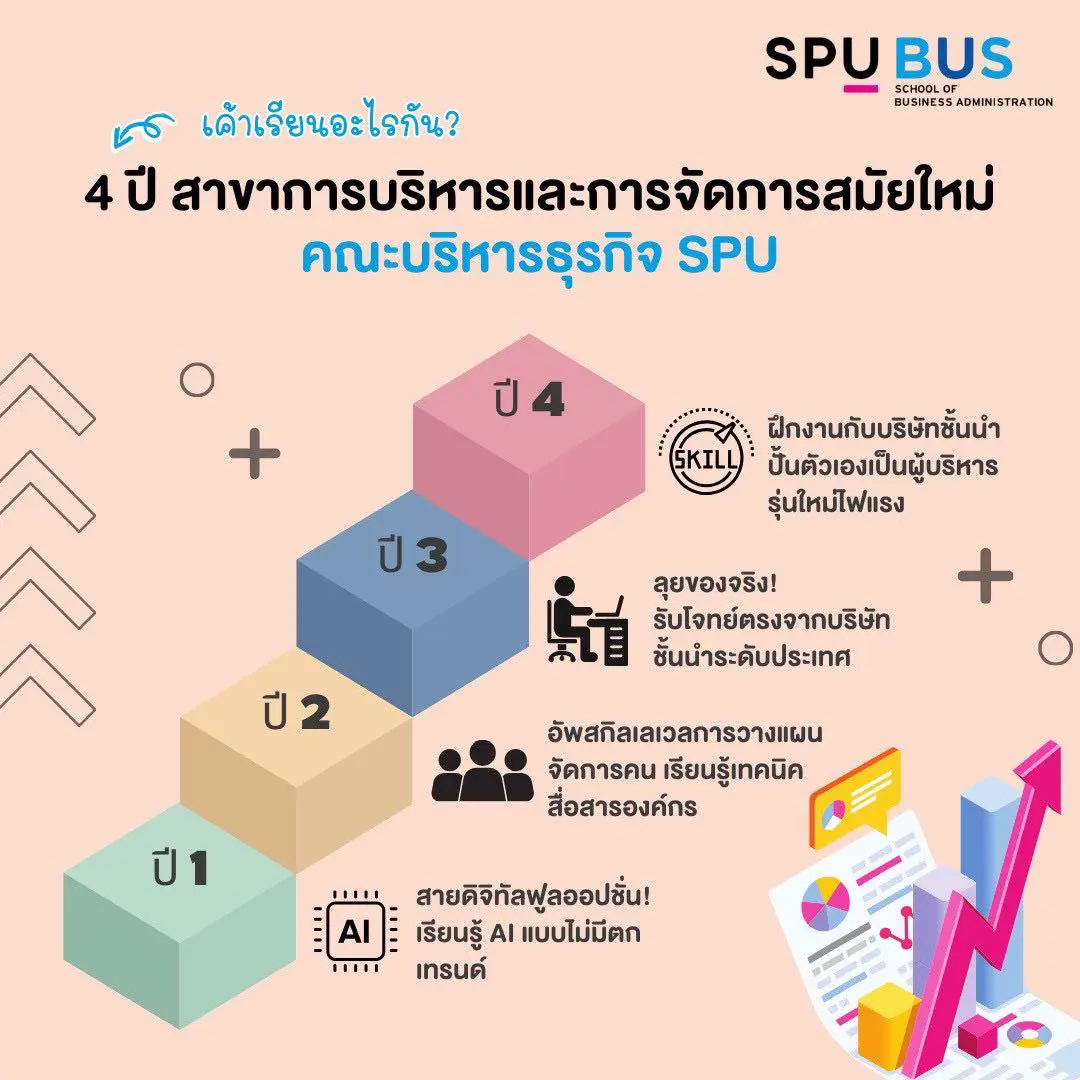RCEP, the world’s largest free trade area
RCEP (Regional Comprehensive Economic Partnership) (RCEP) is a regional economic partnership agreement, consisting of 16 member countries: 10 ASEAN countries, plus China, Japan, South Korea, India, Australia, and New Zealand. RCEP has a combined population of over 3.5 billion people (50% of the world’s population), with a GDP of approximately 30% of the world. If RCEP comes into effect, it will be the largest free trade area in the world. Negotiations officially began at the ASEAN meeting in Cambodia in 2012, and the latest was at the 35th ASEAN Summit hosted by Thailand on November 3, 2019, which has made considerable progress, but it has not yet been signed because India has not yet agreed.
The 3 key points are:
1. Goods from China, as well as goods from other countries, will flood into India – India is concerned that goods from China, such as steel, textiles, auto parts, as well as goods from other countries, such as dairy products from Australia and New Zealand, and rubber from Indonesia and Malaysia, will flood into India, which will affect farmers, SMEs and Indian automobile manufacturers.
2. India’s unmet goals include: – Liberalization of service businesses – Movement of highly skilled computer workers to ASEAN – Opening the Indian Basmati rice market to the Philippines and Indonesia.
3. The time frame for reducing tariffs between the two countries to 0% is too soon – India is concerned that if it starts to gradually reduce tariffs between the two countries to 0% in 2023 (2023), India will not be able to adapt in time. Therefore, it wants to start counting from the year the negotiations were concluded in 2019 (2019) for another 10 years to help extend the time for adaptation. All 16 member countries must continue to work to find a joint solution. It is expected that the cooperation agreement can be signed within 2020.















